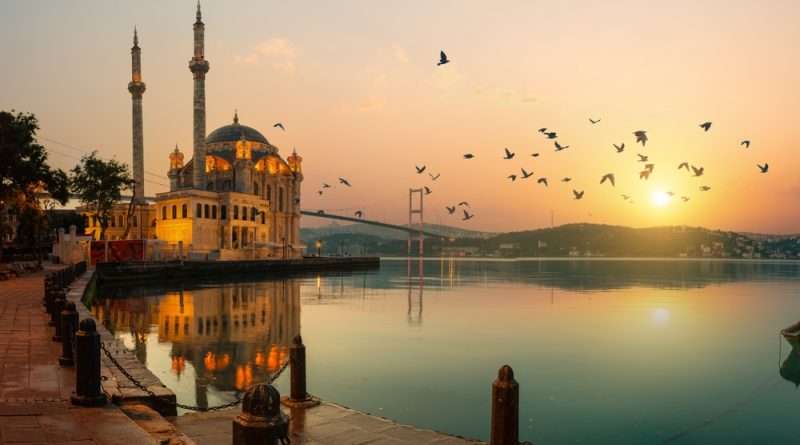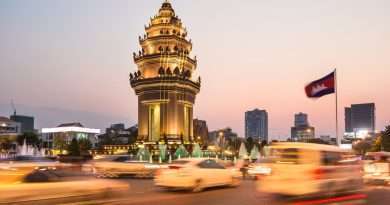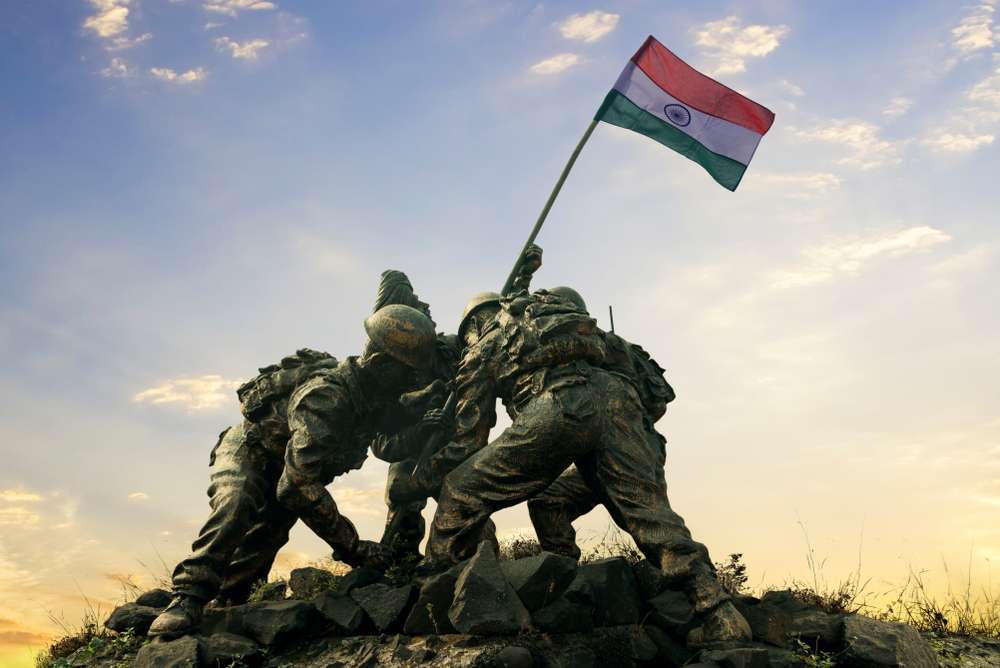Cultural Crossroads: Turkish Traditions in a Modern World
Turkey, a nation straddling both Europe and Asia, stands as a captivating cultural crossroads where ancient traditions seamlessly blend with the dynamic pulse of the modern world. From the vibrant tapestry of Turkish cuisine to the intricate patterns of traditional arts and crafts, this article explores how Turkey navigates the intersection of heritage and modernity, celebrating its rich cultural traditions in an ever-evolving global landscape.
Culinary Heritage: From Grandmothers’ Kitchens to Contemporary Cuisine
Turkish cuisine, deeply rooted in centuries-old culinary traditions, has found itself at the forefront of the global food scene. Traditional dishes like kebabs, mezes, and Turkish delight have not only retained their authenticity but have also inspired modern chefs to reinterpret them in innovative ways. Street food vendors offering simit (sesame-seed-covered bread) and doner kebabs coexist with upscale restaurants in Istanbul experimenting with molecular gastronomy. This culinary evolution reflects Turkey’s commitment to preserving its culinary heritage while embracing the creativity and diversity of the modern food landscape.
Turkey Visa for Maldivian Citizens
Traditional Arts and Crafts: A Tapestry of Timeless Beauty
Turkey’s traditional arts and crafts, from intricate carpets to decorative ceramics, continue to thrive in a world that constantly seeks the new and innovative. The Grand Bazaar in Istanbul, one of the world’s oldest and largest covered markets, remains a hub for traditional craftsmanship. Skilled artisans, often working in small workshops, produce exquisite handwoven carpets, delicate ceramics, and ornate textiles. While contemporary artists incorporate traditional techniques into their work, the preservation of these crafts reflects a commitment to passing down centuries-old skills to future generations.
Calligraphy and Illumination: Ancient Scripts in a Modern Context
Calligraphy, a revered art form in Islamic culture, has deep roots in Turkish tradition. The Ottoman Turks elevated calligraphy to new heights, and this artistic expression of writing continues to be celebrated today. Master calligraphers, known as “hafız,” skillfully adorn religious texts and decorative items with intricate scripts. In a modern context, calligraphy finds itself not only in religious contexts but also in contemporary design, branding, and public art, bridging the gap between the past and the present.
Festivals and Celebrations: Balancing Tradition and Modernity
Turkey’s calendar is dotted with numerous festivals and celebrations that showcase the nation’s cultural diversity. Traditional festivals such as Eid al-Fitr, Ramadan, and Kurban Bayramı are observed with reverence, emphasizing family, community, and religious values. However, modern festivals like the Istanbul International Film Festival, Istanbul Biennial, and Istanbul Music Festival bring a contemporary vibrancy to the cultural scene, welcoming global influences and fostering a dynamic exchange between local and international creative expressions.
Music: Bridging Anatolia and the Modern Beats
Turkish music, deeply rooted in Anatolian traditions, has undergone a fascinating evolution. While classical Ottoman music and folk tunes continue to resonate, modern Turkish pop, rock, and electronic music have gained widespread popularity. Artists like Sezen Aksu and Tarkan have achieved international acclaim, blending traditional Anatolian melodies with contemporary rhythms. This musical fusion reflects the harmonious coexistence of ancient Anatolian tunes with the beats of the modern world.
Language: A Tapestry of Turkish Tongues
The Turkish language, with its roots in the Turkic linguistic family, serves as a bridge between ancient and modern communication. Modern Turkish, based on the Latin alphabet and influenced by centuries of cultural exchange, is the official language. However, dialects and regional languages, like Kurdish, continue to thrive, adding layers of linguistic diversity to the nation’s cultural tapestry. In an era of global communication, the Turkish language serves as a connector between the country’s historical narratives and the evolving narratives of the digital age.
Turkey Visa for Omani Citizens
Architecture: Ottoman Palaces to Modern Skylines
Turkey’s architectural landscape is a testament to the coexistence of the old and the new. Ottoman palaces, mosques, and historic neighborhoods stand alongside modern skyscrapers and contemporary urban developments. Istanbul, with its iconic skyline that includes the Hagia Sophia and the modern Istanbul Sapphire, encapsulates the juxtaposition of historical and modern architectural marvels. This synthesis of architectural styles reflects Turkey’s ability to seamlessly blend its rich heritage with the demands of a rapidly advancing world.
Fashion: From Traditional Attire to Global Trends
Traditional Turkish attire, with its vibrant colors and intricate designs, reflects the country’s cultural diversity. While many still proudly wear traditional garments during special occasions, Turkish fashion has also embraced global trends. Istanbul Fashion Week has become a prominent event, showcasing the work of Turkish designers who skillfully merge traditional elements with contemporary styles. This dynamic approach to fashion represents Turkey’s ability to embrace its roots while actively participating in the global fashion conversation.
Conclusion
Turkey, as a cultural crossroads, adeptly navigates the intersection of ancient traditions and the modern world. The preservation of culinary heritage, traditional arts and crafts, calligraphy, and linguistic diversity reflects a commitment to honoring the country’s rich history. Simultaneously, Turkey’s openness to contemporary expressions in music, architecture, fashion, and festivals demonstrates a cultural resilience that allows it to thrive in a globalized society. As Turkey continues its journey through time, it exemplifies the harmonious coexistence of tradition and modernity, celebrating its cultural roots while embracing the ever-evolving currents of the 21st century. In this cultural crossroads, Turkey weaves a narrative that transcends the boundaries of time and invites the world to explore the richness of its heritage in the context of a rapidly changing world.
More articles: Pamukkale to Pergamon: UNESCO Heritage Sites of Turkey



